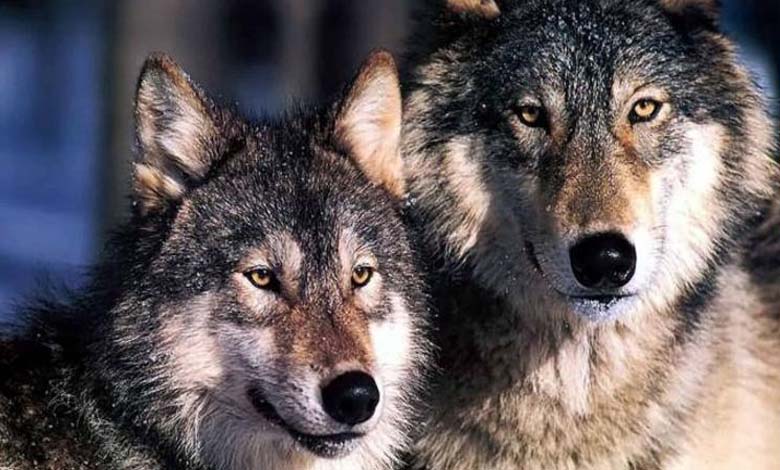Giant Wolves Cloned: Scientists Bring Back a Species Extinct for 10,000 Years

A Science Fiction Dream Turned Reality?
Nearly 10,000 years ago, dire wolves (Canis dirus) roamed the plains of North America. These fearsome predators, larger and more powerful than modern wolves, vanished at the end of the last Ice Age. For centuries, they remained fossilized in places like the La Brea Tar Pits. But now, thanks to cutting-edge genetic engineering, a team of researchers claims to have successfully cloned the first viable embryos of these ancient predators.
-
A giant sea monster discovered in Morocco: an animal that devoured everything it saw
-
A giant Cobra entering a sleeping man’s bed
Reviving the DNA of a Long-Lost Predator
Led by an international consortium of scientists from the U.S., South Korea, and Europe, the project extracted exceptionally preserved DNA fragments from frozen sediments in the Yukon. These ancient genomes were sequenced and compared to those of modern canids to isolate the specific genes of the dire wolf.
Using advanced techniques like CRISPR-Cas9 and cell reprogramming, researchers inserted the dire wolf DNA into wolf ova, creating embryos genetically 99% identical to the extinct species.
-
A century-old giant turtle from Greece discovered in Egypt!
-
A “Science Fiction” monster appears in nature… Discovery of the “giant puffball” fungus
A Controversial Cloning Breakthrough
The embryos were implanted in surrogate wolf mothers under laboratory conditions. Out of six initial embryos, two live specimens were born, displaying the classic traits of dire wolves: large body size, massive skulls, robust jaws, and thick fur.
However, the success has sparked serious ethical and ecological debates. Why bring back an extinct species? What are the consequences for modern ecosystems? And can laboratory-born animals truly be called “dire wolves”?
-
Giant pumpkin smashes records – What was its weight?
-
Damascus: Animal Arrival Delays Postpone Zoo Opening
Resurrection or Manipulation?
Proponents argue that reviving extinct species could help rebalance ecosystems disrupted by human activity. Reintroducing apex predators might regulate prey populations and restore food chains.
But critics warn: bringing back a species doesn’t restore its ancient habitat. The ecosystems that once supported dire wolves are long gone. Moreover, cloned animals often suffer from health issues, genetic defects, and shortened lifespans.
-
Why do the sizes of animals shrink over time?
-
Cats accused of killing 1.5 billion animals annually… Details
What Comes Next?
Despite the controversy, this breakthrough is historic. It’s no longer science fiction—humanity can now bring back Ice Age creatures. The question is no longer “can we?” but “should we?”
The researchers emphasize that the cloned wolves will not be released into the wild without rigorous environmental assessments. But they see this as the first step toward other ambitious projects: woolly mammoths, saber-toothed tigers… or even archaic human species?












